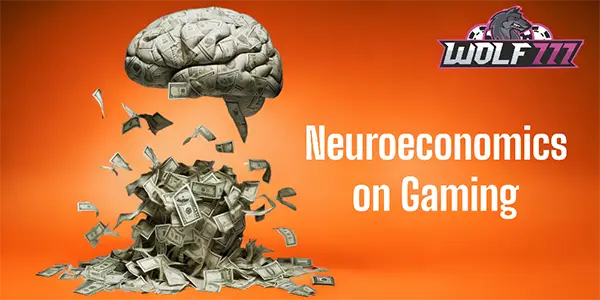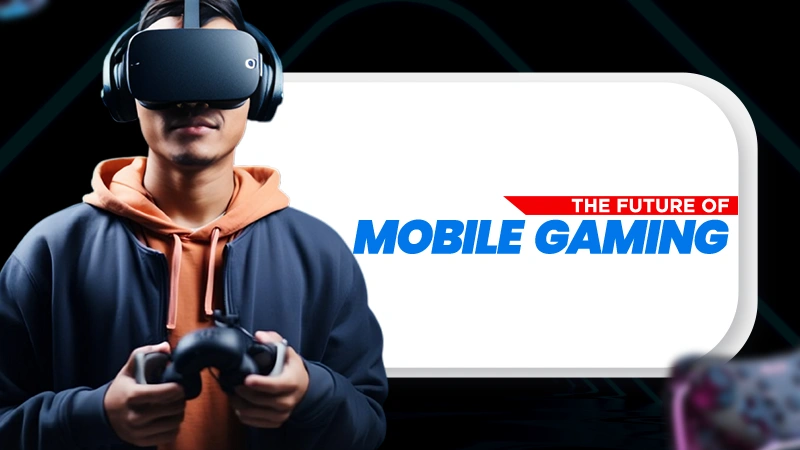
The Role of Neuroeconomics in Understanding Gambling Addiction Wolf777

Gambling addiction, also known as gambling disorder, is a serious mental illness characterized by persistent and relapsing problem-wagering behavior.
Neuroeconomics, an interdisciplinary field that combines neuroscience, psychology, and economics, has become a valuable tool in understanding the underlying mechanisms of betting addiction.
Wolf777 has conducted an investigation on this topic.
Gaming Disorder as a Behavioral Addiction
In 2013, the American Psychiatric Association reclassified pathological casino obsession (now called gambling disorder) as a behavioral habit in the Diagnostic and Statistical Manual of Mental Disorders, Fifth Edition (DSM-5)
This decision was based on a growing body of evidence demonstrating similarities between gaming and substance use disorders, including neurobiological overlap
Neural Reactivity in Gambling Disorder
Neuroeconomic research and Wolf777 Cricket have shed light on the concept of neural cue reactivity in wagering disorder.
Research has shown that people with it show increased neural cue reactivity to wagering-related cues in brain regions associated with reward processing and decision-making.
This response to cues may contribute to the intense cravings and pulls that people with such disorders experience when exposed to casino-related stimuli.
The Neurobiology of Gambling Behavior
Animal models and human neuroimaging studies have identified key brain regions and neurotransmitter systems involved in betting behavior
The insula, ventromedial prefrontal cortex, and striatum have been implicated in gambling-related decision-making, and alterations in dopamine and serotonin signaling potentially contribute to the development and maintenance of gambling habit disorder.
The Picoeconomics of Gambling Addiction
Ainslie’s pico-economic model provides a framework for understanding the complex ambivalence experienced by people with obsessions.
According to this model, addicted individuals struggle with the conflict between short-term urges and long-term goals, resulting in the displacement of alternative activities and preoccupation with addictive behavior.
Implications for Treatment
Neuroeconomic analyses can inform the development of targeted interventions for disorders.
Neuromodulation techniques such as transcranial magnetic stimulation (TMS) or deep brain stimulation (DBS) are effective in reducing cravings and improving decision-making in people with disorders.
In addition, understanding the neural mechanisms underlying gaming behavior may help in the development of personalized treatment approaches. Wolf777 log in now to learn more.
Cognitive Distortions
The major cognitive distortions associated with gaming addiction that can be addressed through neuroeconomic research include:
- Gambling Expectation: People with disorders tend to have more positive expectations about the outcomes of wagering and the excitement it brings.
Neuroeconomic research may help identify the neural mechanisms underlying these distorted risk-taking expectations.
- Perceived Inability to Stop Gambling: Gamblers often feel that they cannot control or stop their betting behavior, even if it results in negative consequences.
Neuroeconomic approaches may shed light on the neural basis of this perceived lack of control.
- Illusion of Control: Gamblers often demonstrate an illusion of control by overestimating their ability to influence the outcome of random events.
Tips for Fighting Gambling Addiction from Wolf777
Based on neuroeconomic research, here are some tips for treating obsession from Wolf777 Casino:
- Use a Bio-Psycho-Social Framework: Take an integrated approach that considers biological, psychological, and social factors in understanding and treating addiction.
This framework emphasizes the importance of considering both biological predisposition and psychosocial factors that influence addictive behavior
- Use Objective Measures: Use neuroscience as a toolkit to objectively measure bet-taking behavior at Wolf777 Sports.
Neuroimaging, neuropsychological, and psychophysiological experiments can provide valuable insights into the neural mechanisms underlying obsession and help to assess and monitor treatment outcomes.
- Personalized Interventions: Developing tailored treatment strategies based on neurobiological research findings.
Understanding the neural circuitry and neurotransmitter systems involved in impulsive wagering behavior can help to develop personalized interventions that target the specific neural mechanisms contributing to addictive behavior.
- Consider Neuromodulation Techniques: Explore the potential of neuromodulation techniques, such as targeted brain stimulation, in the treatment of betting habit.
These techniques are effective in reducing cravings and improving decision-making processes in people with disorders.
- Address Psychosocial Factors: Recognize the role of psychosocial factors, such as early adverse circumstances and social influences, in the development and maintenance of addiction.
Integrating psychosocial interventions alongside biological treatments can enhance the effectiveness of treatment programs.
Conclusion
Neuroeconomics and Wolf777 Casino have made significant contributions to our understanding of gaming obsession.
By combining neuroscience, psychology, and economics, researchers have gained valuable insights into the neural mechanisms underlying gambling behavior and the development of disorders.
These findings have significant implications for the classification, diagnosis, and treatment of the wagering habit, allowing a move toward a more comprehensive biopsychosocial conceptualization. Wolf777 Betting login now to get the experience on a secure platform.











